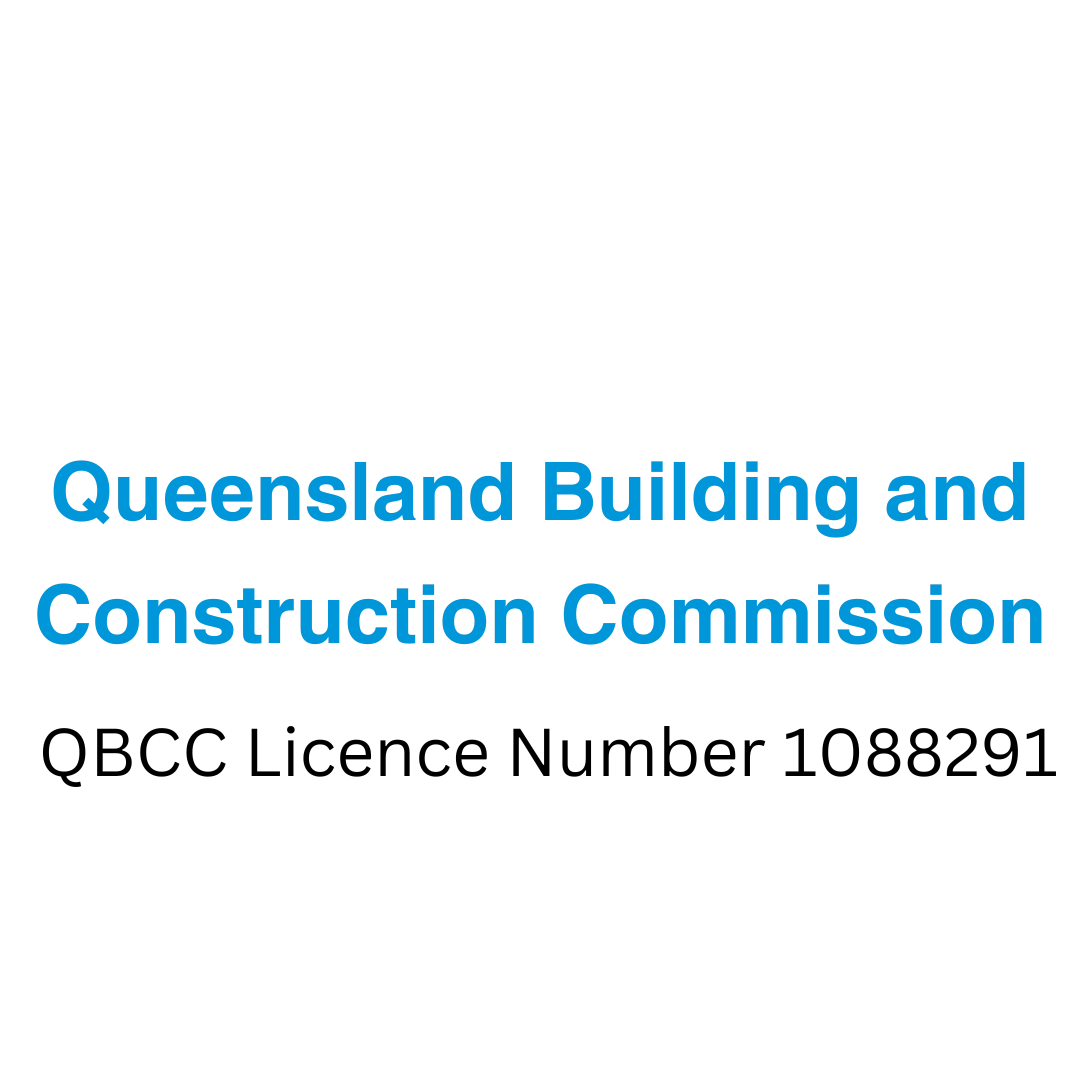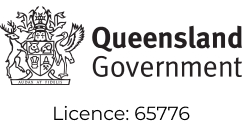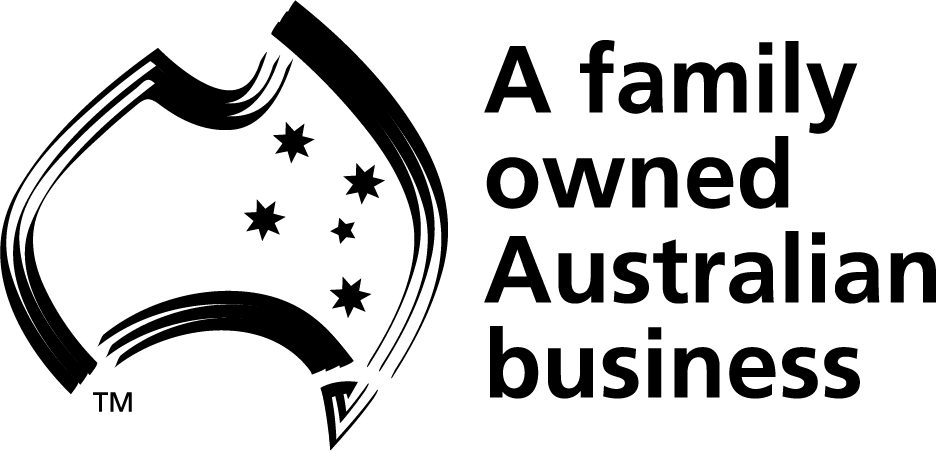What is a Safety Switch?
The term ‘safety switch’ is one that gets thrown around quite regularly when there’s an electrical concern, but until then a lot of people just take them for granted. In essence, a safety switch acts as insurance to protect you and those in your home or workplace against electric shock.
By monitoring the circuits in a building and the flow of electricity that is going through them, a safety switch is capable of detecting a leak in a current and turning off the electricity almost instantly, in an effort to ensure no one is injured from the escaping electricity.
It is common for people to get confused between circuit breakers, fuses and safety switches, however, they all have different purposes to protect you, your home and your workplace from harm. They are all invaluable additions though, so ensure you are fully informed when addressing your home or workplace electrical requirements.
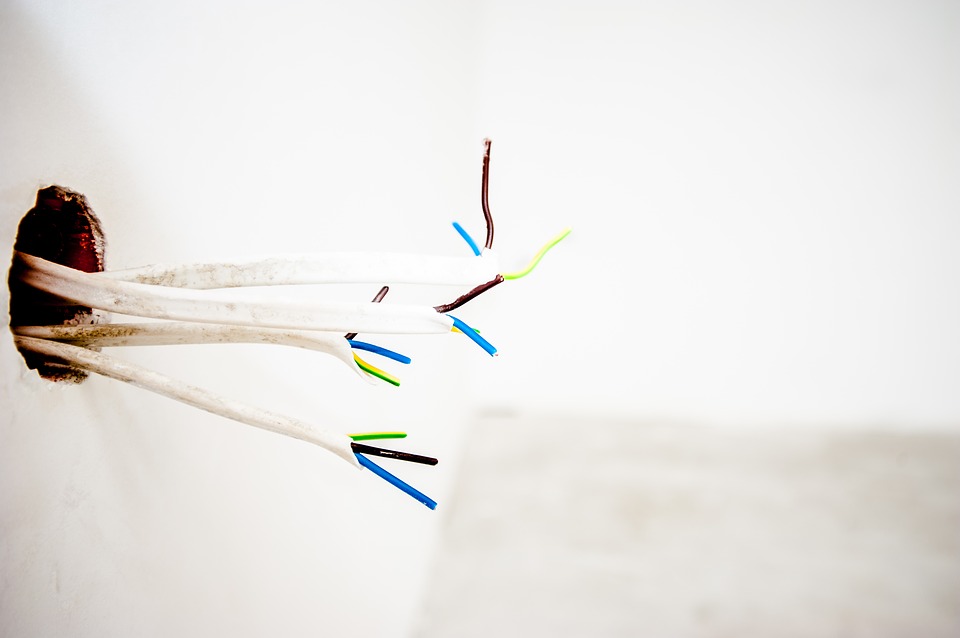
What’s the difference between a circuit breaker and a safety switch?
A circuit breaker, sometimes known as a fuse, is a device which is designed to protect your circuit wiring and appliances should there be a leak in one of your electrical services. A circuit breaker cuts the power if there is an overloading incident, or a fault has been detected.
The difference between safety switches and circuit breakers, however, is what they protect – a safety switch is designed to protect people, whereas circuit breakers and fuses are designed to protect your appliances or circuit wiring. They even look familiar, however, safety switches have a ‘test’ button on them as a noticeable point of difference.
They each serve an important purpose and play a role in ensuring your home and work environments are safe and harm-free.
Need professional electrical services from a local Master Electrician?
We Can Be There Today!
Book now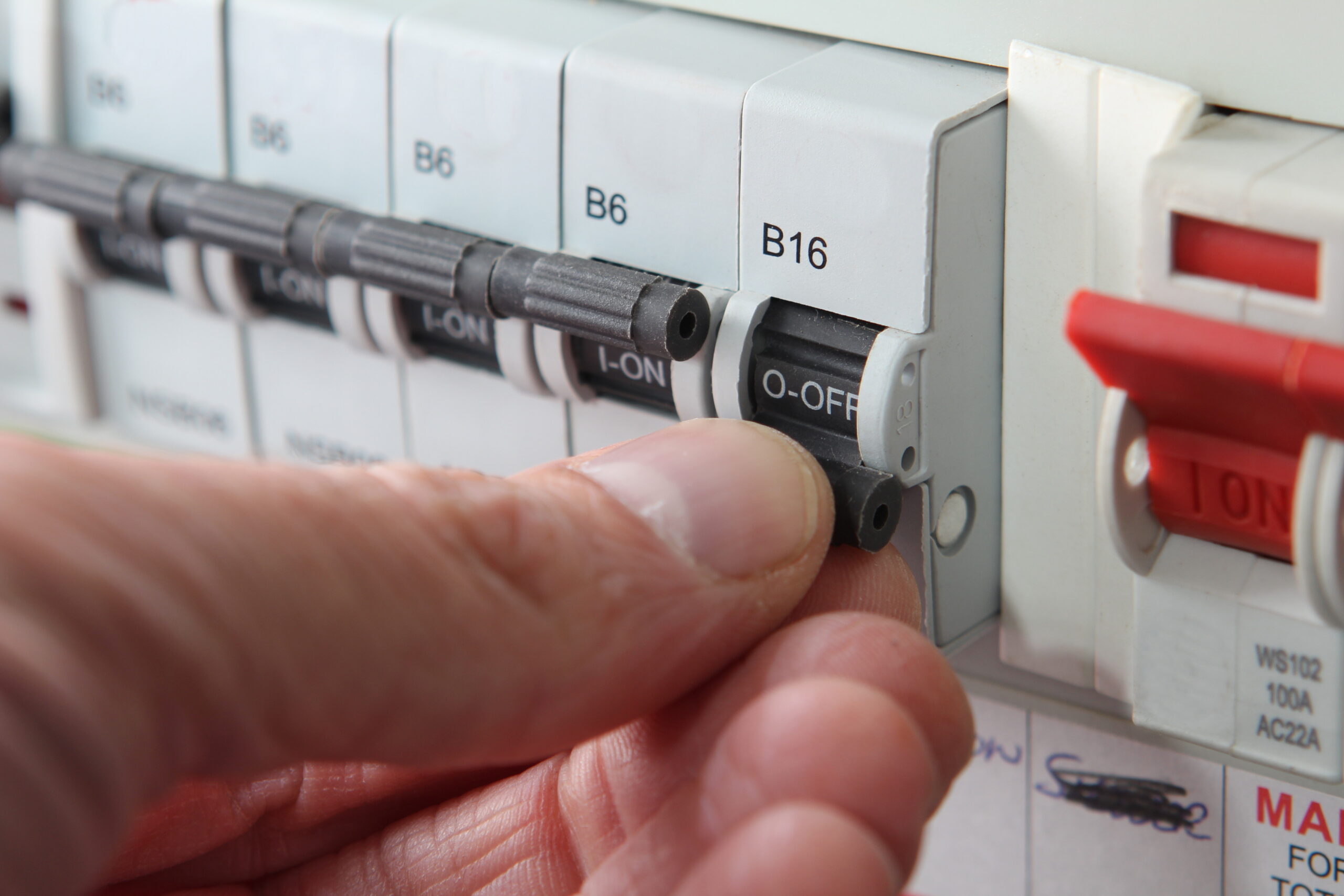
What’s the difference between a safety switch and an RCD?
Nothing! An RCD, also known as a residual current device, as well as a safety switch are both designed as protection mechanisms for people against electric shock. As such, you can have either one installed for electrical safety compliance.
Are safety switches compulsory in QLD?
Yes, they are! A recent overhaul of the Australia/New Zealand Wiring Rules 3000:2018 was completed to update and amend the standards, as this hadn’t been properly completed since 2007. The updates came into effect on 1 January 2019, with the intent of incorporating advancements in technology, techniques and equipment into the standards in an efficient and practical way.
A large majority of the changes don’t apply to the average homeowner, however, there were some changes to the regulations surrounding safety switches which homeowners should know about :
In new homes, all circuits must have safety switches
In all domestic and residential installations, RCDs or safety switches must be installed on all final sub-circuits
When replacing switchboards or completing other electrical modification works, all final sub-circuits must have safety switches or RCDs installed during the completion of the works (if not already installed)
Queensland has always had relatively stringent regulations surrounding safety switches, however, the updated Wiring Rules now provide another level of security to the electrical circuitry around your home.
Is one safety switch enough for my home?
If the option is one safety switch or no safety switch then one is definitely better than none. In saying this, however, one safety switch may still not be enough to protect you from electric shock.
A safety switch only protects the circuit it is installed on, therefore if your home or office has more than one circuit running through it, there may be a circuit susceptible to current leaks without a safety switch. It is therefore highly recommended that you contact a licensed electrician and ensure safety switches or RCDs are installed on every circuit to ensure an electrical hazard free environment – this includes hot water, air conditioners, and even the equipment for your pool – anything that has a circuit needs a safety switch or RCD.
If you would like to know some more information about safety switches or would like to arrange for us to install some in your home, contact us on 1300 762 260 or complete our online electrician booking form today.
